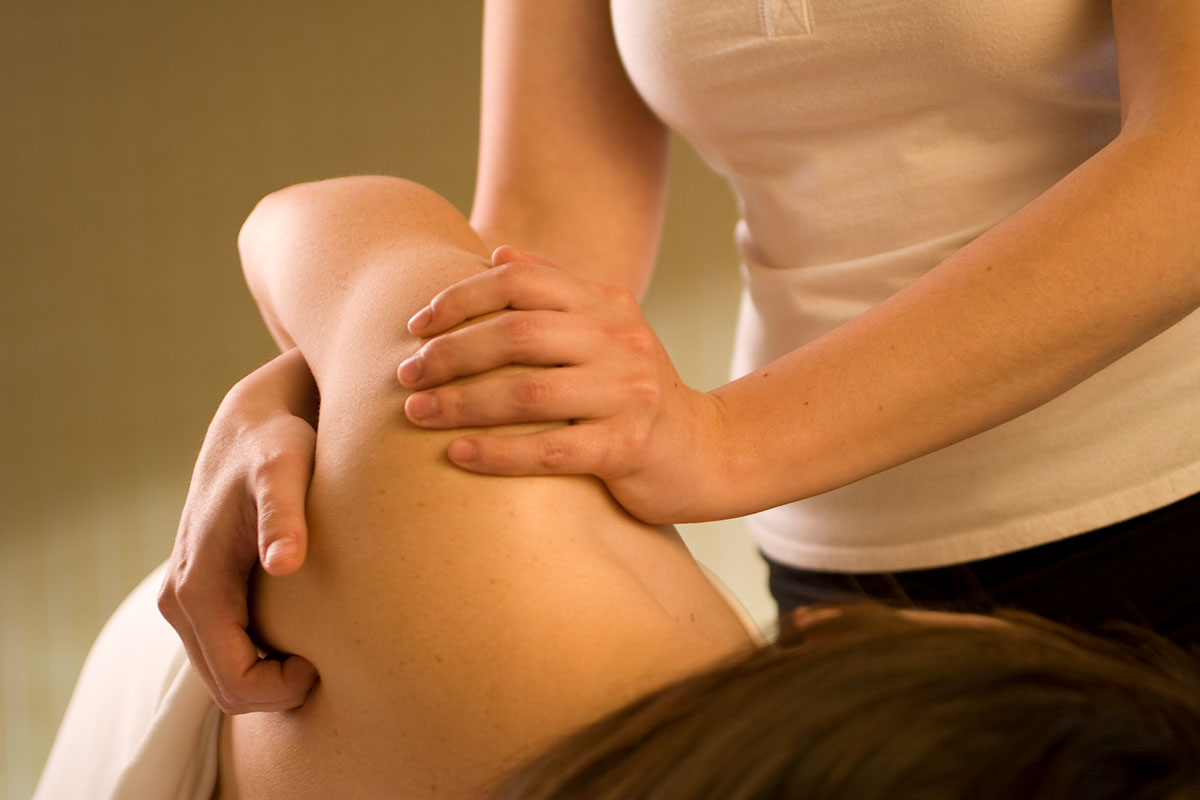As the etymology of the word shows, kinesiotherapy – from the Greek kinêma, movement & therapeueîn, to treat – refers to the action of treating by movement!
More commonly known under the name of physiotherapy, this field is characterized by a “physical” approach to the body and its mechanisms and is complementary to contemporary medicine. Rehabilitation for sports is probably where we hear about it most often because of the attention given to monitoring athletes. But the body is also a “work-tool” and a source of “productivity” in repetitive daily tasks for everyone who is “active…” In this sense, for example, the back “mistreated” by the staggering number of hours spent in front of a screen sends more and more “business athletes” in search of some kind of care. After a “simple” sprained ankle, lumbago, of a stiff neck, or perhaps a facet joint syndrome, the physical therapist follows the patient, with his symptoms and aches and pains, accompanying him in his healing process and motivating him to move forward ... underlining the patient's role in his own recovery! With such a large technical palette, in fields as varied as cardiac ventilation, post-trauma or even post-partum, vestibular or neurological rehabilitation, paediatric care or even treatment for senile dementia and other cerebral disorders, there may sometimes be confusion of “genres”… so it should be recalled that there are as many different ways of practising physical therapy as there are physiotherapists or manners of tackling a problem with a patient...
« Masso-Kinésithérapeutes » [Massage-physiotherapists] as they are called in France, particularly owe their success with the general public to their “tactile and palpatory" skills! As they work to relieve, treat or “heal” the body’s malfunctions, physical therapists can indeed be described as "touch" specialists in the haptic field – from the Greek word aptomai, I touch! With an initial approach focusing on “sensitivity” and “motricity”, kinesiotherapy or physiotherapy includes a set of methods and practices targetting functional rehabilitation above all!
With or without “technological aids”, the “physiology of movement” – from the Greek words phusis, nature and logos, study, science – has become the “international” core of kinesiotherapy which has gained universal recognition thanks to the virtues of “Revalidation and Re-education Science!” This continuously evolving paramedical discipline has now arrived at the heart of the hospital where it has proven its advantages as part of the multi-disciplinary teams at the spearhead of their speciality! For that matter, the growing role of physicotherapists in health protocols shows the confidence that they inspire in the medical corps. In orthopaedic, vascular or abdominal surgery, for example, physical therapy is generally prescribed as a supplementary remedy combined with medication. Post-hospital care of patients is part of healing protocols, and has become a crucial aspect in many cases… Physiotherapists are a fundamental part of it.

